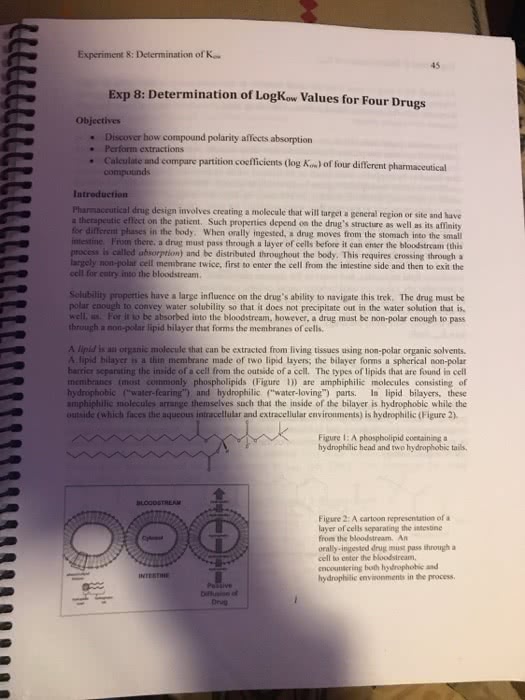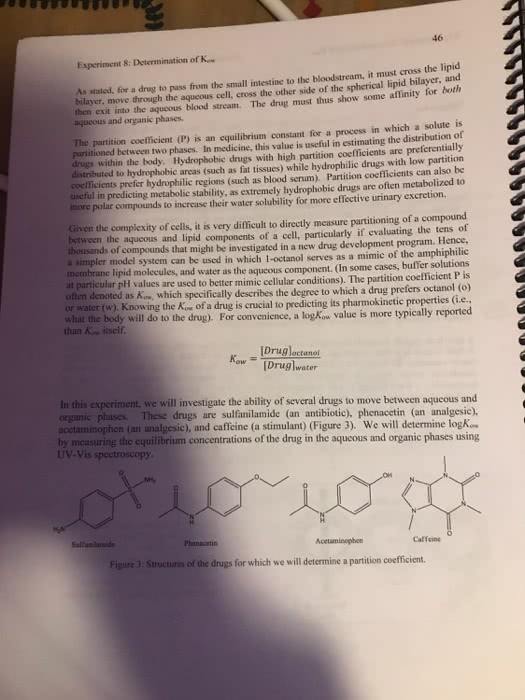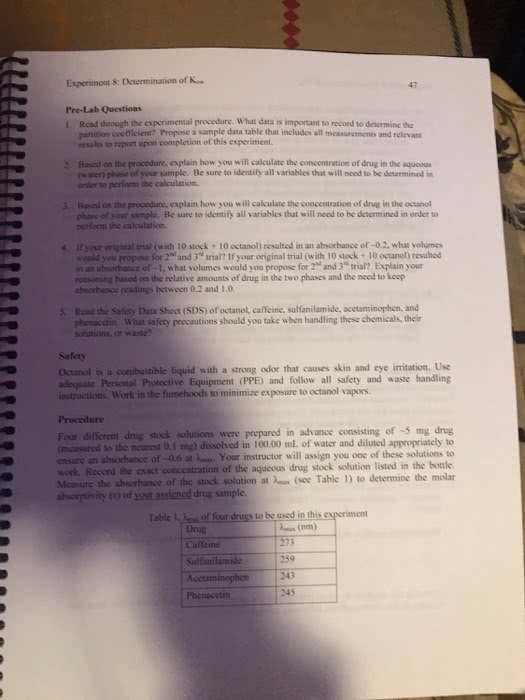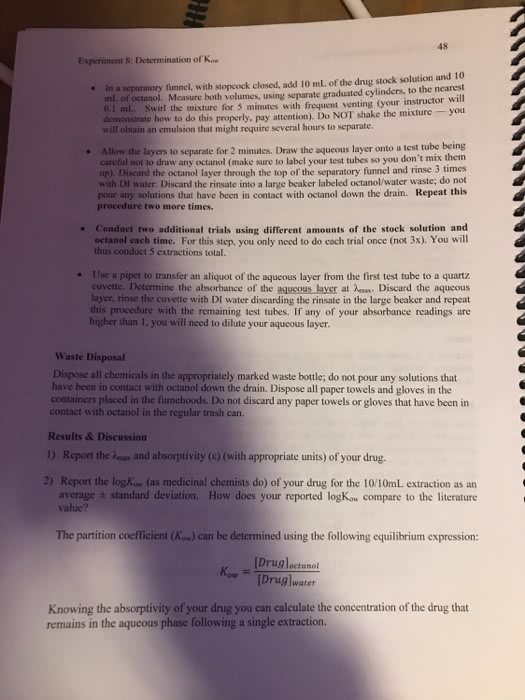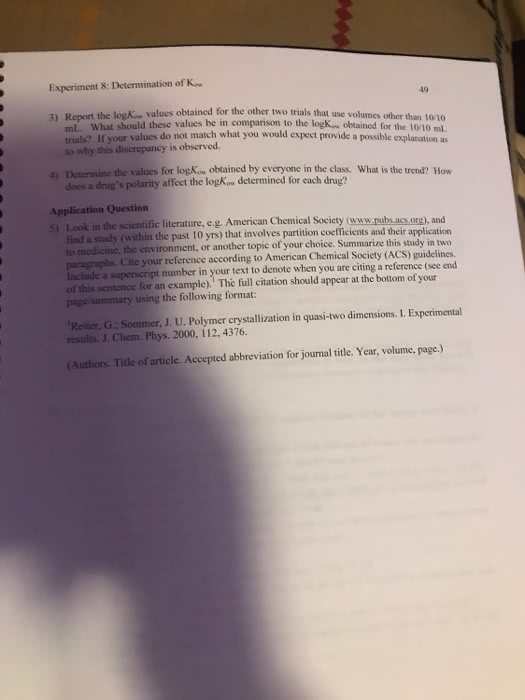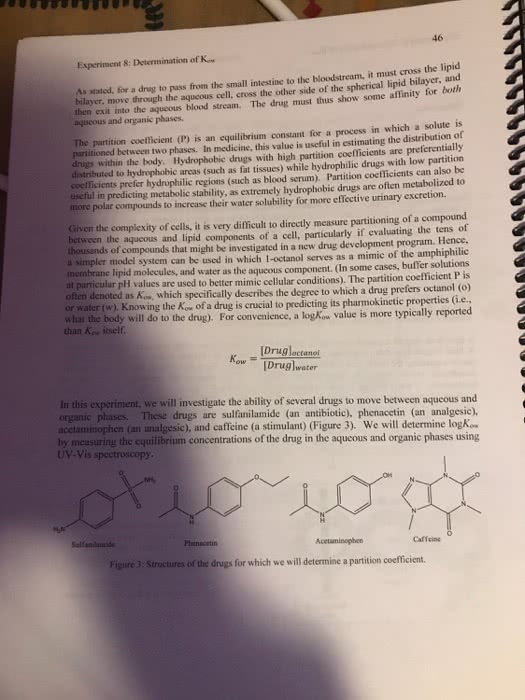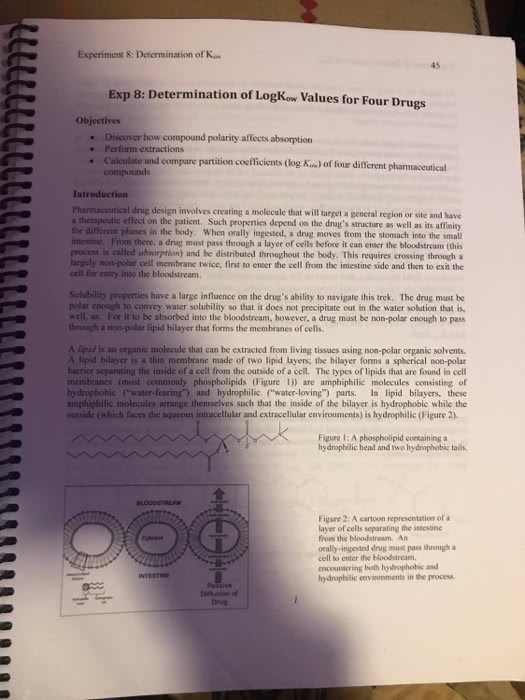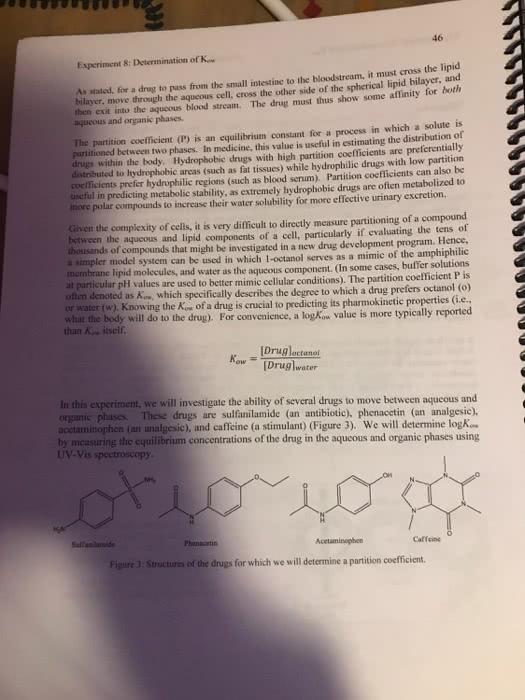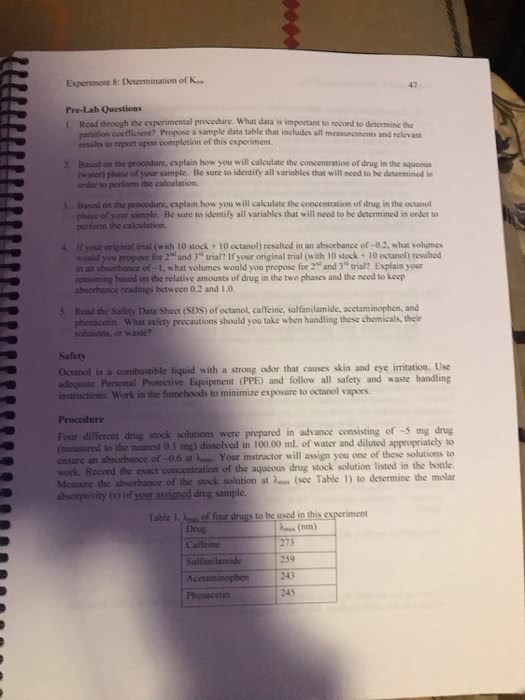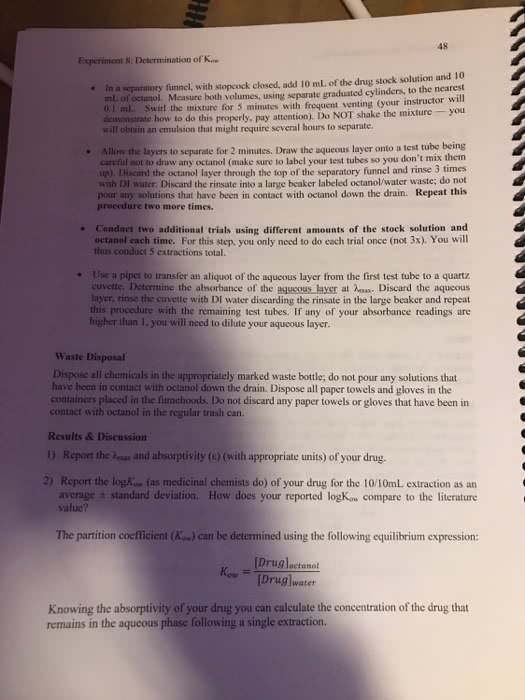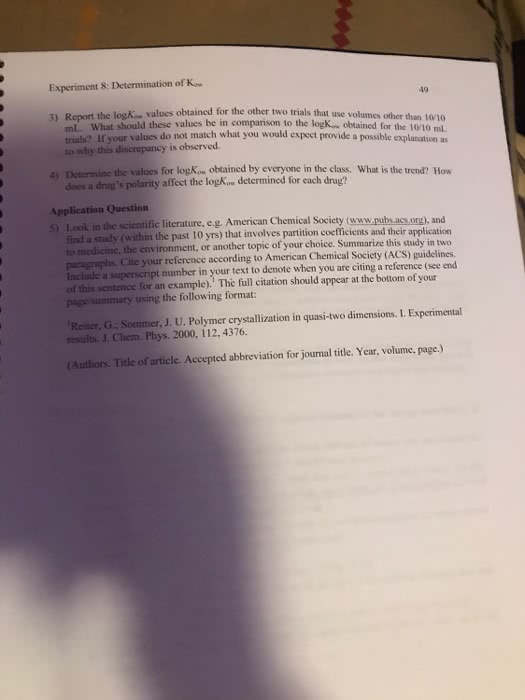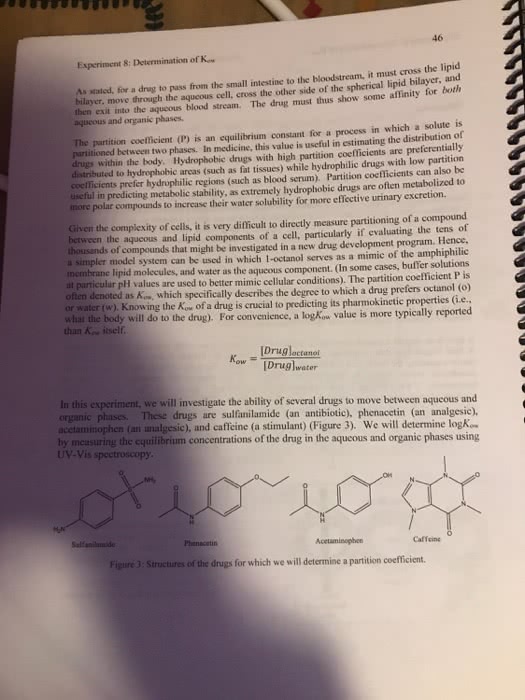Food that we consume is composed of very complex molecules. During the digestive process these compounds are broken down into smaller and smaller subunits in preparation for use by the body as building blocks needed for the many components of the human body.
The digestion process begins at the mouth. Food enters and then accessory digestive organs like the tongue, teeth, and salivary glands break down the substance. It then travels through the pharynx and esophagus into the stomach, where the stomach acid further breaks down the food (UXL Complete Health Resource). After that, the food travels through the small and large intestines where a majority of its nutrients are absorbed. The waste then exits through the end of the large intestine which is made up of the rectum and anus. After the teeth assist in chewing, food rolls over the tongue and reaches stomach through the esophagus within 8 seconds. General Tsoâs Chicken and Rice consist of carbohydrates, fats and proteins. However, carbohydrates are digested easily than the fats and proteins. After broken down in the stomach, most of the nutrients are absorbed from the small intestine, and it takes 6 to 8 hours to pass through small intestine. The remaining unabsorbed material, âmoves very slowly through the large intestine where the final absorption of water and other nutrients take placeâ (UXL Complete Health Resource). The parasympathetic nervous system encourages the food to move through the digestive tract and motivates digestion process. The sympathetic nervous system works against the parasympathetic nervous system by decreasing the contraction and relaxation of the digestive tract (Taylor). Mouth produces saliva, which contains amylase. Amylase is key in digesting carbohydrates. The stomach produces hydrochloric acid, pepsinogen, intrinsic factor, and mucus (Taylor). Hydrochloric acid kills the bacteria and other organisms that enter the stomach, and then continues to activate pepsinogen. Pepsinogen then changes into pepsin, which digests protein peptides. The pancreas produces trypsin, chymotrypsin, carboxypeptidases, lipases, and phospholipases. Trypsin, chymotrypsin, and carboxypeptidases digest proteins, whereas lipases, phospholipases digest lipid molecules. Small intestine produces lactase, sucrase, maltase, lipases, and peptidases. Lactase, sucrase, and maltase digest carbohydrates (UXL Complete Health Resource). Saliva glands, pancreas, liver, and gallbladder are the accessory organs of the digestive process. Saliva glands produce mucus and amylase which digests starch into simple sugars and binds food particles together, while lubricating the palette when one swallows. The pancreas produces amylase, lipases, and proteinases etc. These digestive juices are responsible for breaking down carbohydrates, proteins, and fats. The liver is the largest gland in the body, âIt produces bile salts to emulsify lipids. It detoxifies metabolic end products to protect the bodyâ (UXL Complete Health Resource). Gallbladder stores bile juice. The chicken in the General Tsoâs contains proteins. Proteins cannot be digested in mouth. However, the mouth can physically digest chicken into smaller pieces. These partially digested chicken pieces travel to stomach, where it is digested by pepsin. The pancreas produces trypsin, chymotrypsin, carboxypeptidases, lipases, and phospholipases (UXL Complete Health Resource). The chicken is then digested by trypsin, chymotrypsin, and carboxypeptidases in the duodenum of the small intestine. After the complete digestion, the chickenâs proteins change into amino acids, which are then absorbed into blood. The rice of the General Tsoâs is a carbohydrate. Carbohydrates are partially digested inside the mouth by amylase. The rest of the rice travels to the stomach where it is digested by pancreatic juices and enzymes that are produced by small intestine. The digestion of the rice produces monosaccharides that absorb into the blood stream. The left over, and undigested parts of the chicken and rice that are useless to the body are excreted by large intestine through rectum.
1) Based on your finding in the Module 3 Report, begin the Module 4 Report by identifying which metabolites are being absorbed and specifically which vessels of the cardiovascular or lymphatic system are the initial vessel of transport from the digestive system. 2) From the point that the specific metabolites are absorbed from the GI tract, trace the path of the resulting metabolites to the following locations in the body for incorporation into the body structure: Metabolites of protein for use in the Gastrocnemius muscle for muscle maintenance. Metabolites of the carbohydrates for energy to contract the cardiac muscle cells. Metabolites of fat to incorporate into the myelin sheaths of the Schwann cells of the Trigeminal nerve that innervates the Masseter muscle. Water for incorporation into the synovial fluid of the hip joint. Iron for incorporation into red blood cells in the bone marrow of the sternum.



